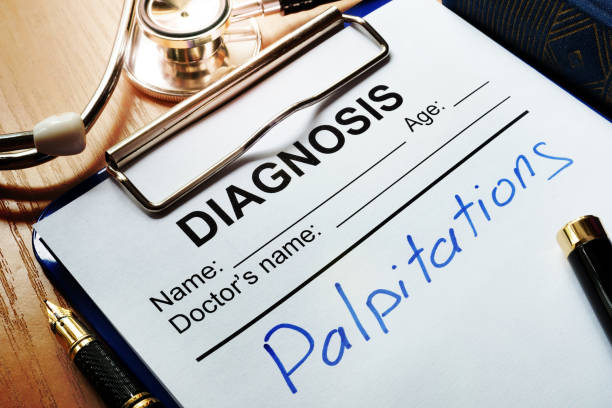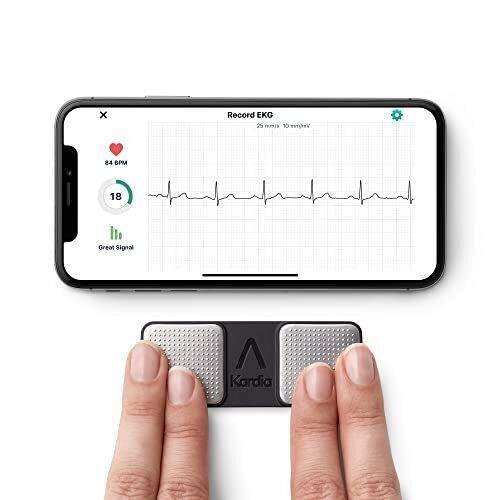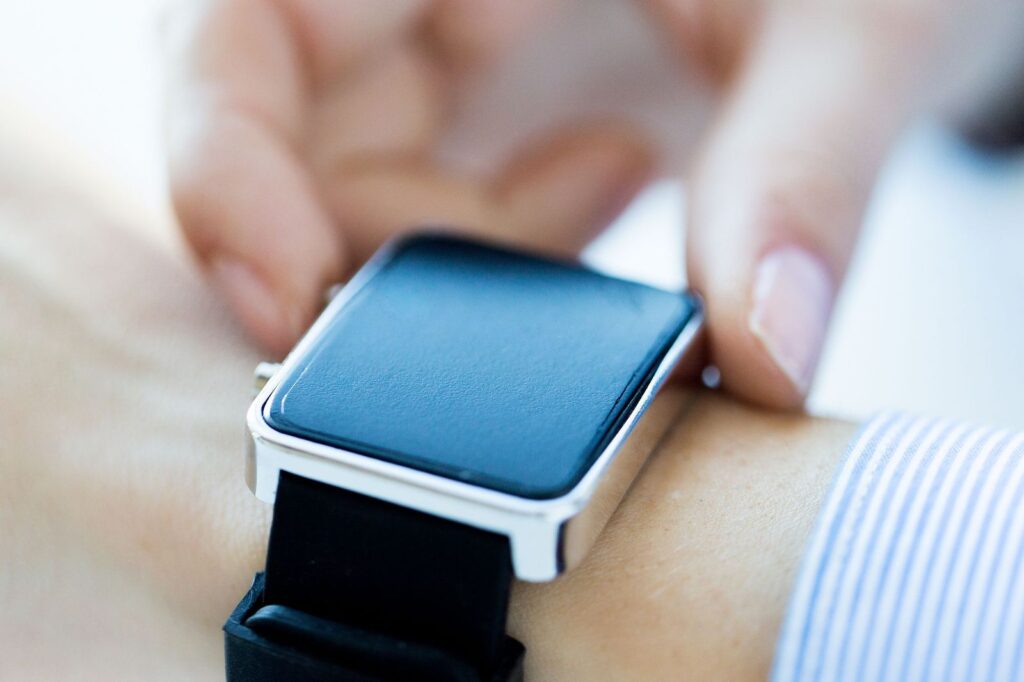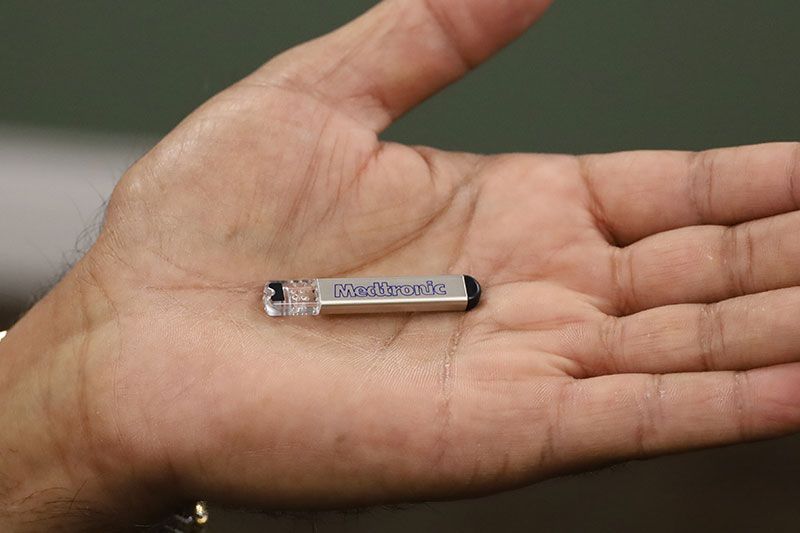To diagnose palpitations, a health care provider will do a physical exam and listen to your heart using a stethoscope. The exam may include looking for signs of medical conditions that can cause heart palpitations, such as a swollen thyroid gland. You will likely be asked questions about your medical history.
If your doctor thinks that palpitations are caused by an irregular heartbeat or other heart condition, tests might include:









Unless the palpitations are caused by a heart condition, heart palpitations rarely require treatment. Instead, a health care provider might recommend taking steps to avoid the triggers that cause palpitations.
If palpitations are caused by a heart condition, such as an irregular heartbeat (arrhythmia), treatment will focus on correcting the condition.

One of the first baseline tests performed is an ECG (Electrocardiogram). This looks at the electrical activity from the heart at that moment in time. If symptoms are intermittent, an ECG will not detect the issue & a longer period of heart monitoring may be required.
Heart monitors can be used from 24 hours up to 14 days. The device may come with a button to push to register symptoms and/or the patient may be asked to keep a diary of times they experienced symptoms. Symptoms can then be correlated with the recording on the heart monitor.


This is a novel heart monitor that connects via Bluetooth to your phone or tablet. There are 2 versions, one will take a basic reading of the heart rhythm which can be saved & either sent to Kardia themselves for a paid interpretation or you save the recordings to show to your GP or Cardiologist. The more advanced version will take a limited ECG recording (a full ECG shows 12 different recording strips, this device can show 6). The advantage of this device is that you keep it with you and you perform a recording when you have symptoms. You’re not reliant on the 1-14 day window of a heart monitor.
The Apple Watch Series 7 was the first of now many with clinical grade heart monitoring properties approved by the FDA in America. Many alternatives are available, including those from Samsung, Fitbit & even Google. These are ideally suited to detecting Atrial Fibrillation but can detect other issues to a certain extent. If non AF heart problems, then these are probably not as good as External Holter Monitors.


The current version of these devices are small slim (0.5cm x 5cm – aprox.) units that are injected under the skin with the use of local anaesthetic. They connect to larger monitor, normally placed on the bedside which sends information collected to your medical team. The batteries on these devices can last up to 3yrs. These allow for capturing of infrequent episodes, especially those associated with blacking out.
Treatments will depend on the actual diagnosis & symptoms experienced, so not all options can be fully explained in this limited area.

Please call 0330 220 0332 or enter your details below & a brief summary of the problem & convenient days & times for you to speak to a Cardiologist privately.